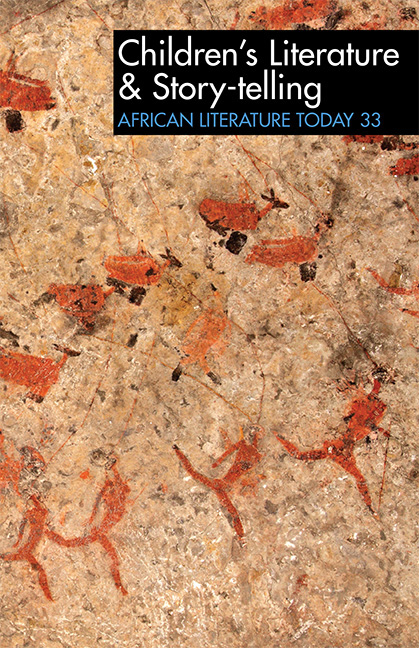Folktales as African Children’s Literature: A Study of Archetypal Symbols in Selected Igbo Folktales
Published online by Cambridge University Press: 22 May 2021
Summary
Folktales help us to appreciate how literature reflects our society and worldview. In the past, stories were spoken and passed down from generation to generation throughout the world. Stories could be told by everyone, and the audience would be made up of mainly children. Both adults and children would gather at designated places in the evenings for story-telling performances. The purpose of folktales has always been mainly for the education and entertainment of children. However, the evolution of print technology has changed the mode of delivery. People no longer gather by the fireside in the evenings to tell and listen to folktales. With this change and with modern education, books were printed and children were taken into consideration in terms of a book publishing market. The folktales that were usually told were put into print and read to children. In the African setting, especially in Igbo society, folktales are told to children right from infancy. The evolution of print technology has not taken away completely the idea of oral tales from the Igbo society. Children have story-telling periods in schools where folktales are read aloud or recounted by their teachers. There are television story times for children where adults tell stories and children gather to listen and respond to them and the songs that accompany them. In reference to this change, Ernest Emenyonu (2002) pertinently observes that the telling of folktales in the traditional mode and format has all but disappeared in the face of rapid urbanization and modernization. Television, radio, movies, filmstrips, videos, and other visual forms have become popular entertainment in the home. Emenyonu comments that it is becoming rare even in remote villages to find the traditional moonlit settings or the around-the-fire, after-the-evening-meal gatherings where folktales were told by fathers, mothers, uncles, aunts, elder brothers or elder sisters, and through which esteemed cultural values were transmitted by word of mouth from one generation to the other (2002: 585).
Emenyonu cites the economic situation today as one of the reasons for the lack of communal gatherings in the evenings for story-telling. Many villages have become semi-urban locations where people from other communities rent homes and commute to work from places closer to their work.
- Type
- Chapter
- Information
- ALT 33 Children's Literature & Story-tellingAfrican Literature Today, pp. 54 - 68Publisher: Boydell & BrewerPrint publication year: 2015
- 2
- Cited by



